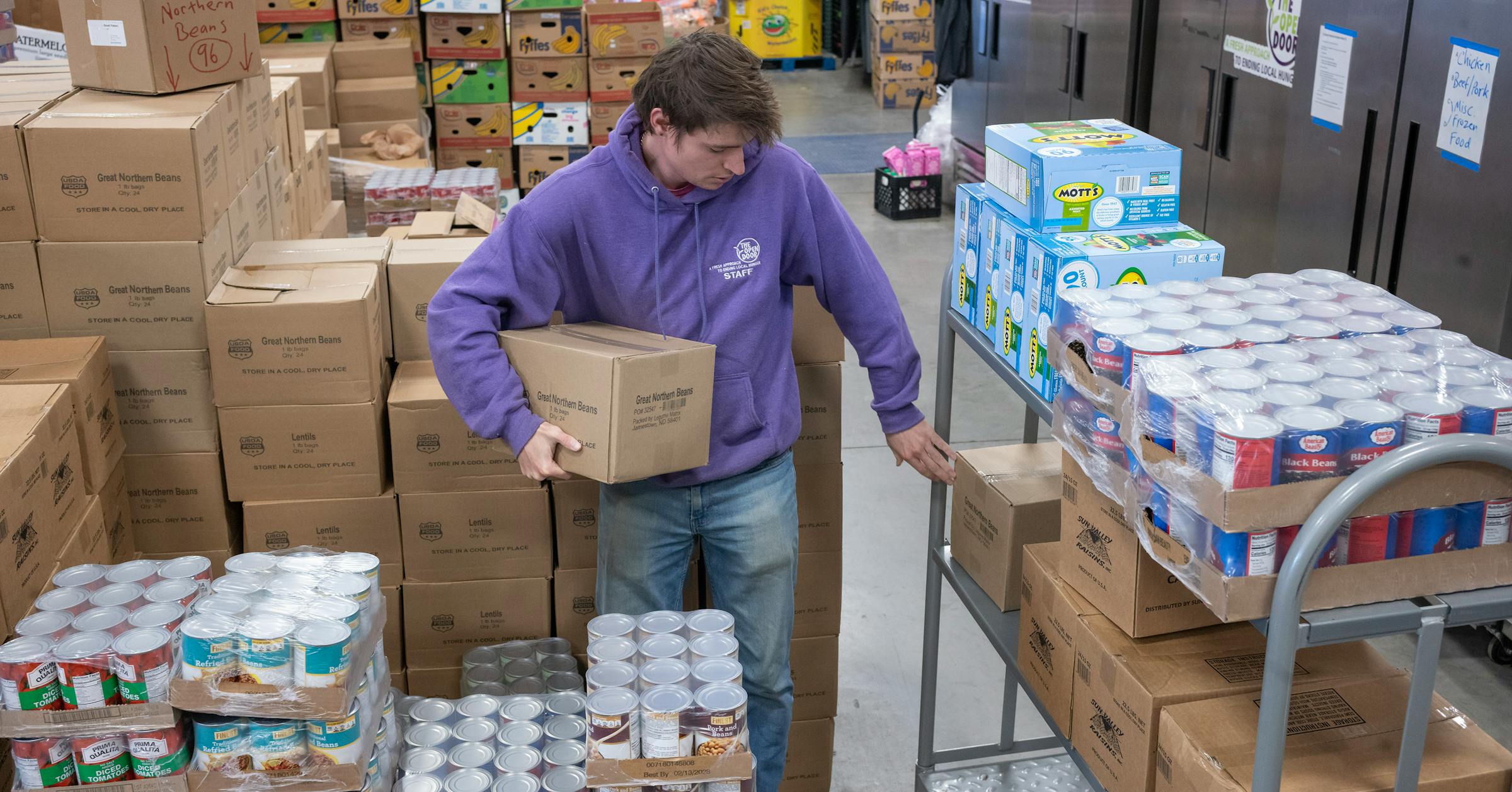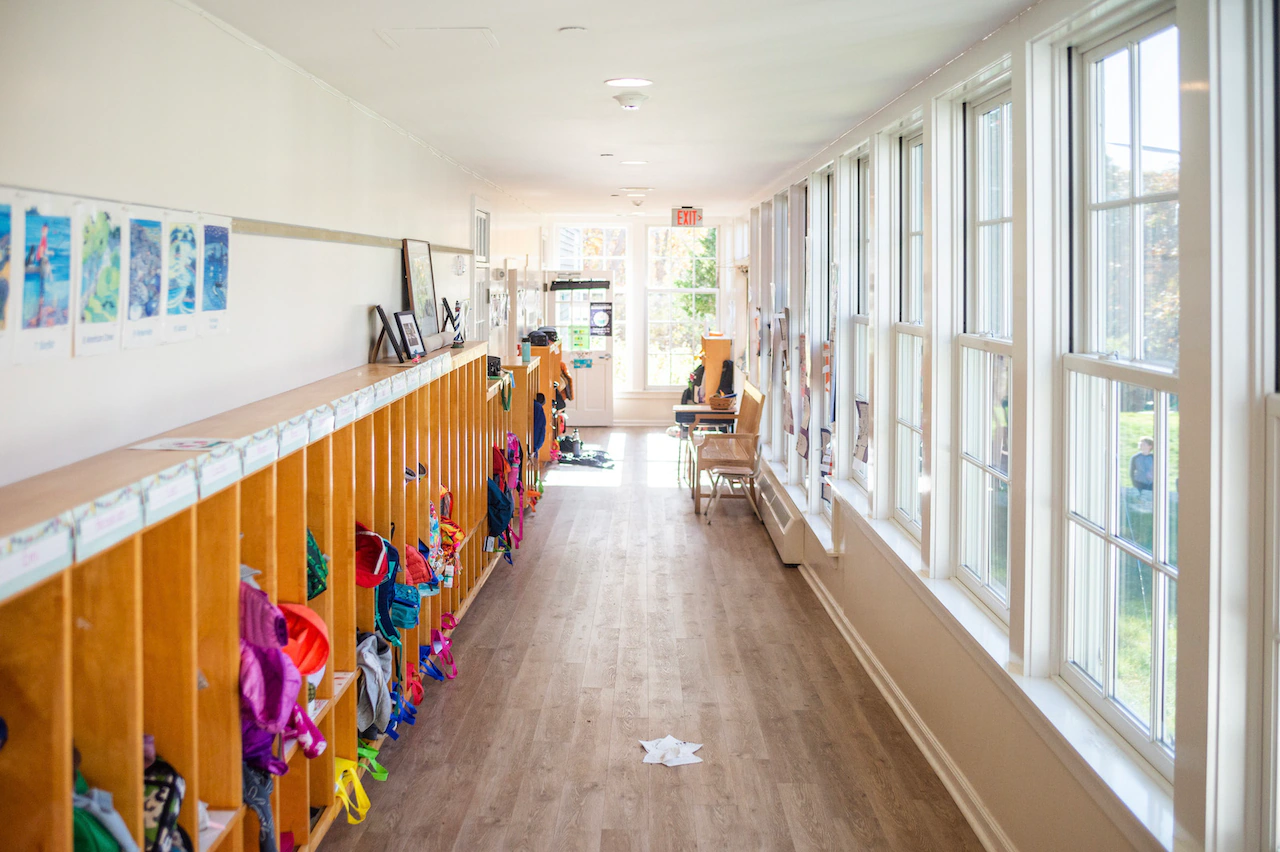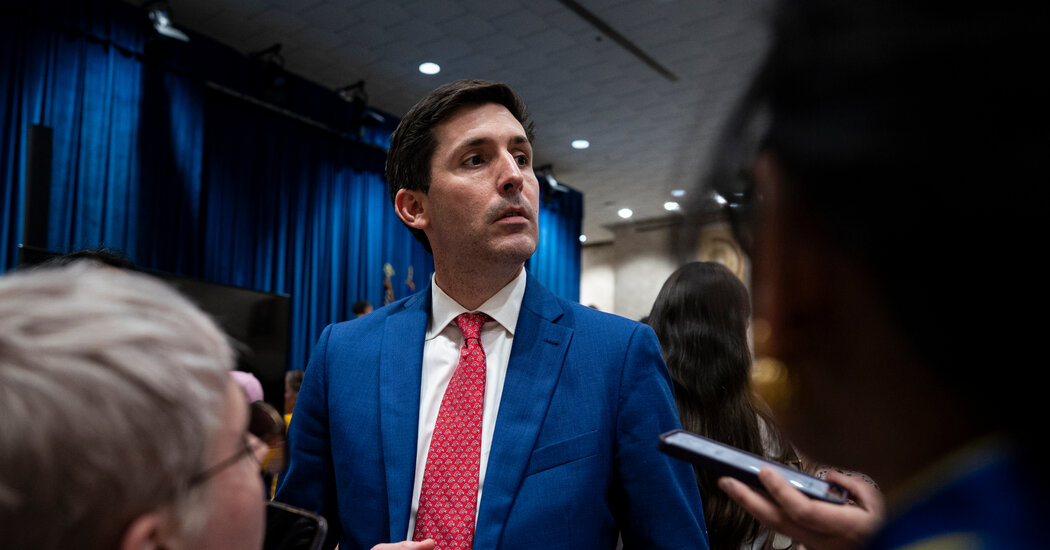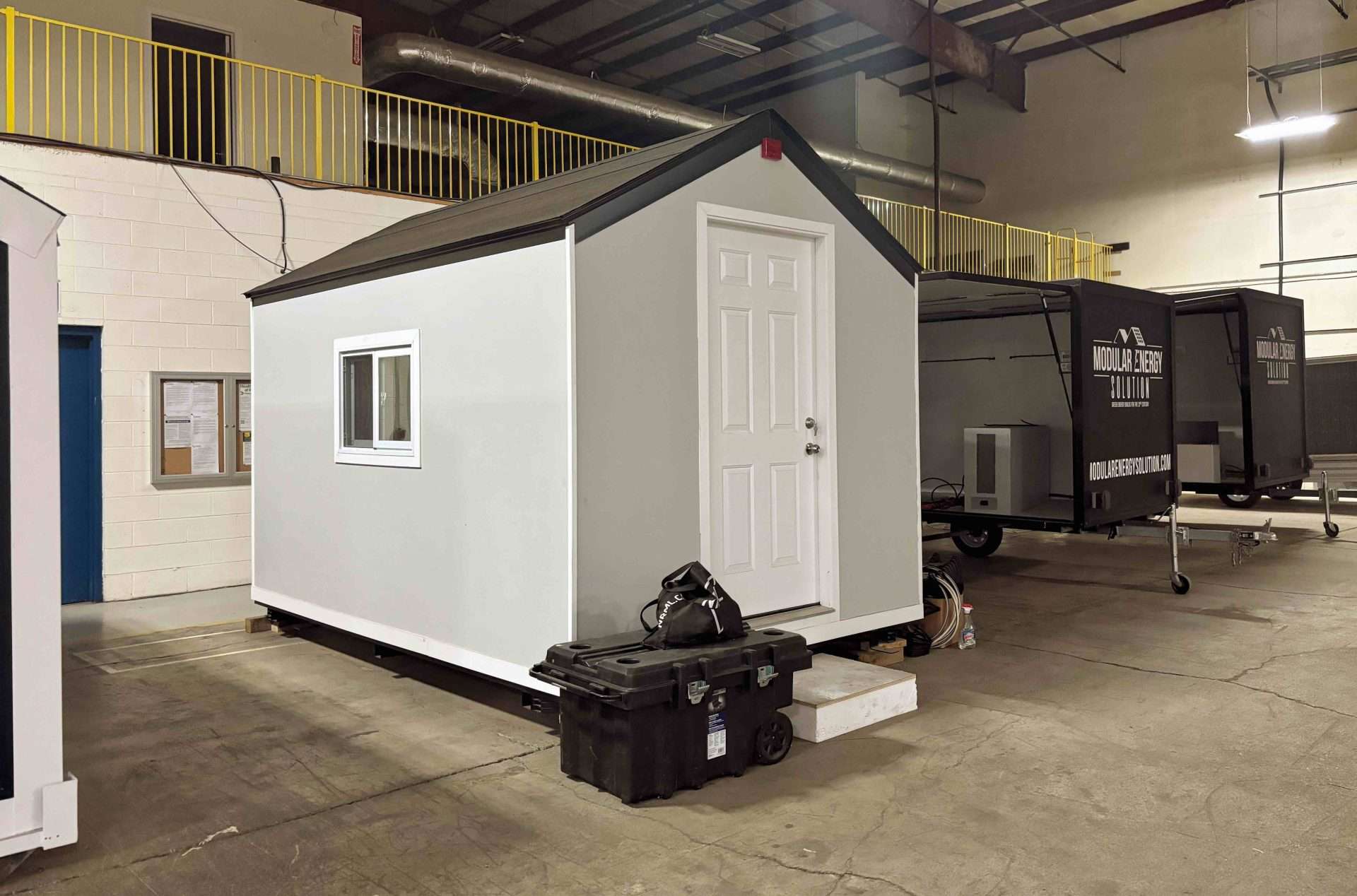Copyright Star Tribune

Ronda Elstad is on disability and relies completely on the federal food benefit she receives at the beginning of every month to get her groceries. But the 65-year-old Duluth woman learned recently that money will run out in November unless the federal government shutdown ends. Without the Supplemental Nutrition Access Program (SNAP) benefit, Elstad said, she will have to depend on food shelves. “It’s taking away a huge chunk of people’s dignity, and you’re going to see people suffering,” Elstad said. “We already cut back. People were already cutting their corners.” The warnings are dire for more than 440,000 low-income Minnesotans receiving federal food assistance as the government shutdown continues. It could hurt even worse for those in greater Minnesota, where three-fifths of SNAP recipients live with less access to food shelves and philanthropic groups, advocates say. About 1 of every 13 Minnesotans — including more than 152,000 children and 72,000 seniors, according to the state — receive SNAP benefits, but that is scheduled to end Nov. 1. Counties and nonprofits across the state are scrambling to help low-income families in what advocates are calling an unprecedented crisis. Gov. Tim Walz announced Monday that Minnesota will contribute $4 million toward food benefits. He stressed the money is a stopgap measure and will not be enough to make up for the $73 million in federal funds Minnesota was set to receive in November. Minnesota Governor Tim Walz speaks at the Minneapolis Convention Center on Oct. 9. (Richard Tsong-Taatarii/The Minnesota Star Tribune) Democrats and Republicans in Congress remain deadlocked on the shutdown over whether to extend expiring health care subsidies. U.S. Senate Democrats have refused to vote for GOP funding bills as they push for the extension. Republicans say they will debate that issue, but only after the shutdown ends. The Trump administration signaled last weekend it wouldn’t fund food benefits next month or tap into an estimated $5 billion fund the U.S. Department of Agriculture keeps to help offset the lost money. Hennepin County Commissioner Irene Fernando speaks during a Hennepin County Board meeting on Aug. 6, 2024, in Minneapolis. (Aaron Lavinsky/The Minnesota Star Tribune) In Nicollet County, which includes North Mankato and St. Peter, almost 2,000 residents stand to lose their food benefits in November, about a third of them children, according to Cassandra Sassenberg, Nicollet County’s Health and Human s]Services director. With federal aid suspended, the county is focused on connecting residents with local support and faith groups. Staff members are even organizing their own food drive, Sassenberg said. “If people are really here with nothing, we have something in hand for them,” she said. St. Louis County was still waiting to hear how the state’s contingency funding would be disbursed to the county’s more than 15,800 SNAP recipients, said Dusty Letica, public health and human services deputy director for the county. Second Harvest Northland, which serves northeast Minnesota, hadn’t yet seen a surge in demand in the waning days of October, but president and CEO Shaye Morris said she is expecting to see a gap in the region. The Duluth-based nonprofit had already seen cuts to federal and state funding and now is anticipating greater demand. “We are looking for people to support our work,” she said. “We can’t buy our way out of this food deficit, but dollars do help fill gaps.”



